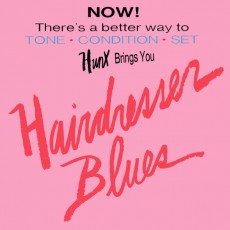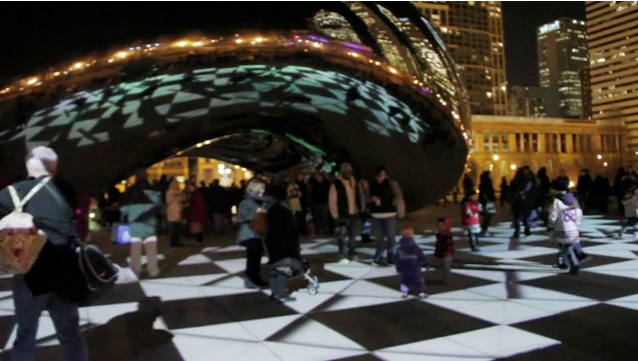
Out now on Hardly Art
Garage rock exploded in the U.S. in the mid-1960s. Instrumental surf music, psychedelic rock, folk, rockabilly and girl group music were equally influential to the “DIY raw power” genre. Now in 2012, the music won’t die; it’s like a beautiful, feral rock’n’roll corpse that haunts popular music with constant revivals. So when it comes to garage bands today, you’ve really got to pick your battles — there’s simply a surplus of retro-leaning punks out there. That said, Hunx is one of the best.
With His Punx, Seth Bogart plays the leader of the pack. (He’s like a flamboyantly gay and bratty version of Mary Weiss of the Shangri-Las.) Bogart’s 2011 effort Too Young to Be in Love is a grimy collection of girl group influenced rock’n’roll, complete with the trashy guitars, Farfisa organs and song titles like “Lovers Lane,” and “The Curse of Being Young.” On the new Seth Bogart album (Hunx, no Punx), Bogart backs a bit off the referential kitsch of Too Young but keeps in touch with his chosen era of bubblegum pop and rattling tambourines, stepping into the spotlight alone for the proverbial introspective solo album.
One of the first noticeable differences on Hairdresser Blues is the acoustic guitar. “Your Love is Here to Stay” begins with two voices and two guitars, sonically similar to the work of the late-great Jay Reatard, a rock’n’roll paragon, who died at the age of 29 in 2010. Hunx commemorates Jay Reatard with album highlight “Say Goodbye Before You Leave.” He mournfully howls, “It’s been over a year and I’m still sad / I will never forget you.” There’s an almost improvisational or unrehearsed element to the song that seemingly places the listener in the voyeuristic position of overhearing Hunx playing guitar alone in his room.
“Always Forever” is an obvious choice for a lead single. It’s a melodic and driving surf rave up, with big drums and a noticeable improvement in production. Hunx’s vocal delivery is sincere. He’s no longer role-playing as the wasted frontman of a long lost gender-bending girl group. The perfect amount of reverb is put to use here — Hunx doesn’t sound as blown out as the Jesus & Mary Chain’s noise pop, but it’s great to hear his vocals given some room to breathe outside of the typically immediate lo-fi sound. Hunx’s bratty whine mostly sits this one out, and instead the listener is given a more natural performance in which Hunx takes on both parts of a harmony without his back-up singers.
Still, there are “leftovers” of a sort from his main gig with the Punx. “Private Room” and “Let Me In” don’t stray too far from the paint-by-numbers simplicity of various garage rock revivals. You can sing along to “Let Me In” on a first listen before the track ends. “Hairdresser Blues” is a better album title than it is a song — the special charm of the “title track” is lacking an emotional punch, and the real blues of the album come later with “I’m Not the One You Were Looking For” and “When You’re Gone.” Hunx is skilled at communicating loneliness, and he’s proven it before. On previously released songs like “Keep Away From Johnny,” the sadness felt borrowed, like a well-executed ode to another era, but on Hairdresser Blues, the sadness is his own.
At it’s best, Hairdresser Blues shows a new dimension of Hunx as a performer and songwriter, but there’s the joy of an inherently teenage energy throughout all of his work. Everything Hunx touches still turns to nuggets.







